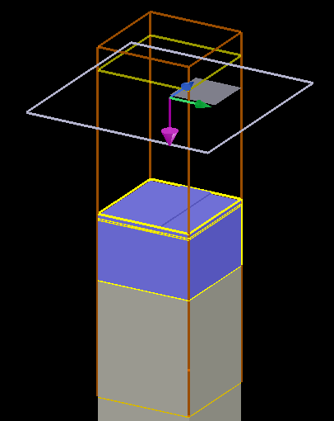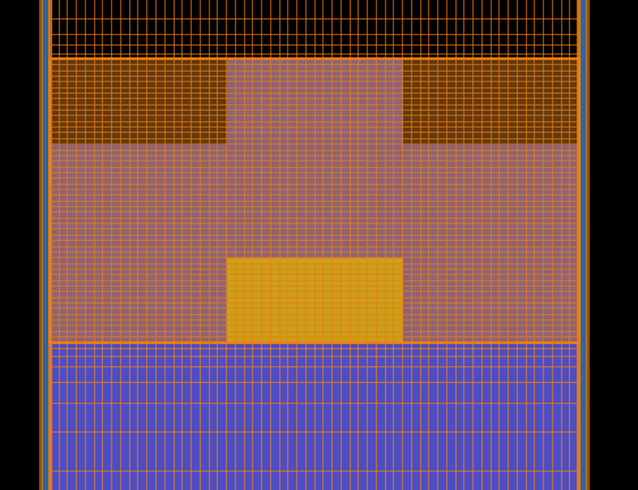-
-
August 10, 2022 at 6:03 pm
Judas.Strayer
SubscriberHi all. I have been trying to run simulations with Lumerical's RCWA script to calculate device reflection and transmission for simple optical stacks. While my results for TE are fairly accurate and converge quickly, my results for TM polarization take a large amount of modes to converge (still doesn't converge after 600 modes). I am wondering whether anyone else has ran into this problem and what they have done to solve it. Thanks!

-
August 11, 2022 at 9:52 pm
Guilin Sun
Ansys EmployeeIt seems you are simulating lossy material? What kind of such lossy material? metal or semiconductor? when you say TM mode, do you mean such mode has only one non-zero E or H component?
-
August 13, 2022 at 12:38 am
Judas.Strayer
SubscriberThe device consists of a layer of SiO2 (259nm thick), a layer with Niobium Nitride (7.5nm), and a capping layer of SiO2 (10nm). At these wavelengths SiO2 is non absorbing so essentially all of the light is absorbed by the NbN. The NbN layer is a nanowire that is meandered to create a square pixel (picture included), so the NbN layer consists of NbN in the middle and SiO2 on the sides. Sorry I meant to say TM polariations in the title of the thread. I just mean that when the incident light has a TM polarization, it takes more modes for the results to converge to the correct answer. I think this is because the electric field is parallel to the nanowire for TE modes and perpendicular to the nanowire for TM modes. It therefore takes more modes in TM for the nanowire to be resolved? Let me know if there is anything else I should clarify.
-
-
August 23, 2022 at 5:12 pm
Guilin Sun
Ansys EmployeeI think your explanation is reasonable.
-
November 20, 2023 at 9:13 am
enrico.carnemolla
SubscriberHi there. I am experiencing exactly the same problem with quite similar system (in my case dielectric grating embedded in metal nn a dielectric substrate). I am wondering if it has been done any progress on this respect, I am using RCWA coupled with Zemax with the dynamic link. Having thousand of ray in Zemax and being forced to use high number of k (hundreads), make the dynamic link unusable becasue of unpratical simulation time.
Thank you for your help
-
- The topic ‘Convergence for TM Polarization in RCWA’ is closed to new replies.



-
4818
-
1587
-
1386
-
1242
-
1021

© 2026 Copyright ANSYS, Inc. All rights reserved.









